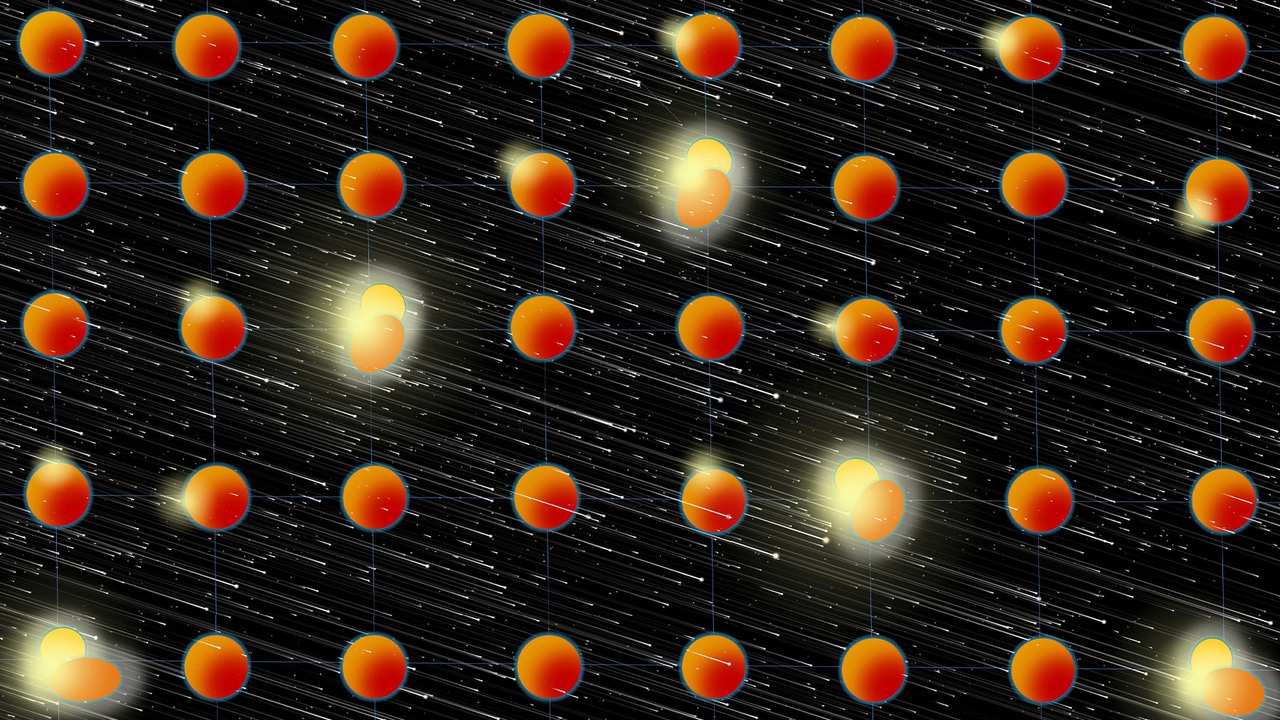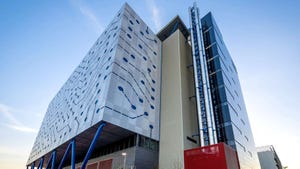US Energy Experts Highlight Potential for Nuclear-Powered Data CentersUS Energy Experts Highlight Potential for Nuclear-Powered Data Centers
Virtual power plants, load shedding, and small modular reactors are intriguing concepts, but what are the realities for the data center industry?
June 12, 2024

The grid of the future envisioned by many includes ‘virtual power plants’ that are more flexible and agile than current grid operations. As such, industrial and data center customers are being encouraged to generate their own onsite power – or at least to be able to shed load on short notice and switch to onsite power resources.
“As new electricity-powered devices such as electric vehicles, heat pumps, smart thermostats, and home batteries get connected to the grid, they can be aggregated and coordinated in ways that provide the same value to the grid as traditional power plants,” said Mark Dyson, an electric sector expert at the Rocky Mountain Institute (RMI).
“These virtual power plants could save US utility customers $10 billion per year and reduce peak electricity use by 20% by the end of the decade, significantly alleviating any pressure from growing electricity demand.”
Tapping Data Center Power
Virtual power plants, load shedding, and onsite power are interesting concepts, but what are the realities for the data center? And how favorable are the economics? Data Center World enjoyed a visit from two researchers at Idaho National Laboratory who are investigating these exact questions.
Aaron Epiney, IES Modeling and Simulation Lead at Idaho National Laboratory, said nuclear energy is being viewed as a cleaner way to support the intermittent frailties of wind and solar power. Nuclear plants, once due to be shuttered, are now being upgraded and relicensed.
According to Epiney, nuclear energy can boost data center efficiency by using its waste heat to produce steam, heating, and cooling for industrial, residential, and commercial users. Instead of venting waste heat into the atmosphere, there are various ways of harnessing it to generate more power or to be used in district heating or for industrial processes.
“When all the power from a nuclear facility is not needed during the day due to an abundance of wind or solar, it can be used to produce hydrogen and synthetic fuel or stored in a thermal energy storage facility,” Epiney said at Data Center World.
The energy expert also sees nuclear as a sound option for power reliability due to the energy shortfalls being experienced throughout the US due to drought and heatwave conditions disrupting the grid.
“Data centers can use nuclear energy to produce their own power while also gaining revenue from ancillary services such as grid stabilization and demand response,” said Epiney. “Demand response programs are needed more than ever to balance supply and demand.”
As data centers are unlikely to possess their own experienced nuclear engineers, he recommended partnering with others or forming a cooperative venture as part of an energy park.
Modeling the Viability of Nuclear Data Centers
The Idaho National Laboratory team has modeling tools that can be used to evaluate the technical and economic viability of potential nuclear options. Paul Talbot, IES System Simulation Lead at the lab laid out how the models are built and what they can reveal.
“Our analysis shows that the data center can be a great fit for nuclear energy,” said Talbot. “But as you should never rely completely on one thing, nuclear energy should be mixed with other sources of energy.”
One analysis delved into the 20-year cost of advanced nuclear technology. It showed renewable energy resources to be more expensive over 20 years compared to small modular reactors (SMRs) and other nuclear options.
“Nuclear energy reduces cost and lowers the level of uncertainty over 20 years,” said Talbot. “For the data center, SMRs were the lowest cost nuclear option.”
Nuclear Demonstration
Last Energy is an energy startup that builds micro-scale nuclear power plants. The company asserts that small-scale nuclear development offers the least resource-intensive and quickest path to affordable and clean baseload power. In addition, the micro-scale approach affords siting flexibility.
Michael Crabb, Last Energy’s senior vice president of commercial operations, offered a comparison chart of different energy options. He claimed that SMRs and micro-nuclear would provide the best capacity factor at 93%, compared to 38% for wind, 24% for solar, and 91% for traditional large-scale nuclear.
Small-scale nuclear would also come out as the lowest cost solution and the smallest land footprint: 60 acres per 100 MW compared to 83.2 acres for traditional nuclear, 880 acres for solar coupled with battery storage, and 7,580 acres for wind. While the lifespan of SMRs remains to be seen, Crabb estimated it at 40 years, compared to 60 for traditional nuclear, 20 for wind, and 30 for solar.
“We can only unlock nuclear energy’s potential if we make nuclear development faster and more affordable, which requires taking a full-service approach to ensure projects get over the finish line quickly,” said Crabb.
Last Energy isn’t the only company leaping to support nuclear-powered data centers. The Nuclear Regulatory Commission has already approved another SMR design in the US: NuScale’s advanced ‘light-water’ SMR, which generates over 400 MWe. And in North Virginia Green Energy Partners recently purchased 641 acres for a project that includes using four to six SMRs to power 20 to 30 data centers, generate hydrogen fuel and provide backup power for Virginia’s grid.
Turning Point
Data center industry observers are well aware of the jaw-dropping projections tied to the sector’s growing power needs. Just last week, a report from PGIM warned that the global share of electricity consumption used by data centers could soar from 2% today to more than 20% by 2030.
These power projections have sparked a renewed interest in nuclear technology for data centers – something that Bill Kleyman, AFCOM board member and CEO of Apolo.us, said may be necessary to address the “500-pound GPT-generated gorilla in the room.”
“There has been growing interest in nuclear systems in the data center space,” Kleyman wrote in an article for Data Center Knowledge last month. “Between this year and last year, per the AFCOM State of the Data Center report, respondents who have stated that they will utilize or at the very least look at nuclear energy more than doubled to almost a quarter of respondents.”
Amid news that the White House is now backing nuclear energy for data centers, the interest in SMRs only looks set to grow over the coming months and years..
“Hopes are rising about SMRs,” said Britt Burt, an energy analyst at research firm Industrial Info Resources. “About 2 GW of new-build nuclear is scheduled to begin construction over the next five years.”
About the Author
You May Also Like









